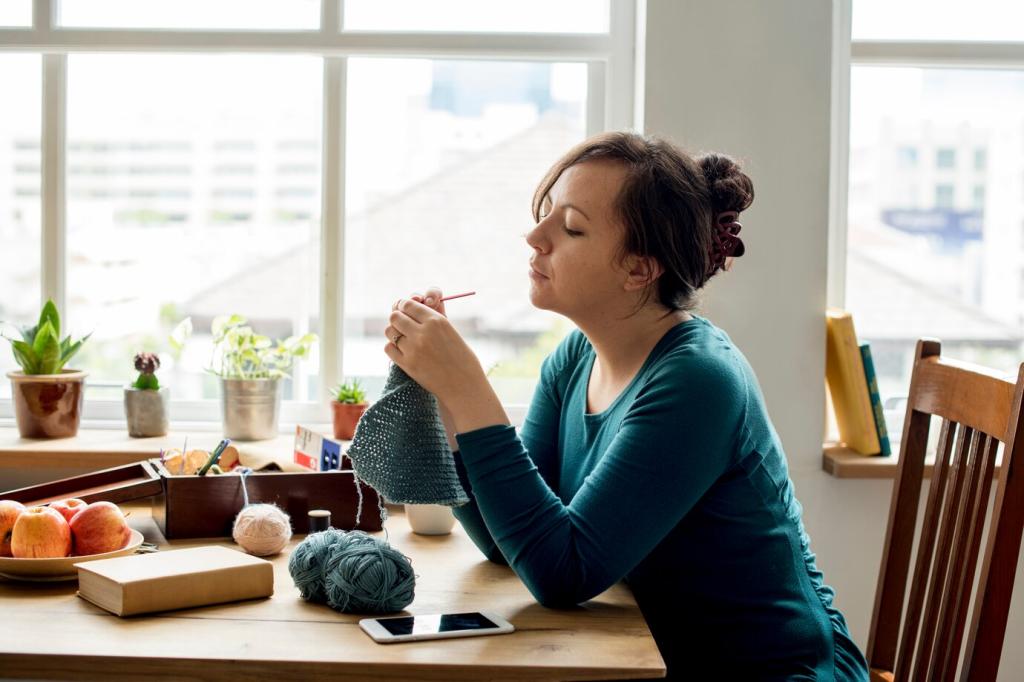Why Movement Calms the Mind
Even a brisk ten-minute walk can spark endorphins, support serotonin, and reduce cortisol, gently shifting your nervous system toward balance. Add a self-care ritual—like deep breathing before you start—and your brain learns to associate movement with safety, comfort, and hope. This pairing builds a resilient loop that brightens mood over time.
Why Movement Calms the Mind
On a gray Tuesday, Maya chose five minutes of stretches, then pulled on a raincoat for a slow block-long walk. Back home, she took a warm shower, lit a candle, and wrote three kind sentences to herself. The clouds remained, yet her mind felt lighter, steadier, and quietly proud.
Why Movement Calms the Mind
Today, move for eight minutes—walk, dance, or stretch—then drink water, breathe for one minute, and note your mood. Did your energy shift? Comment with your before-and-after numbers and what self-care touch helped most. Your reflection might inspire someone else to begin.




